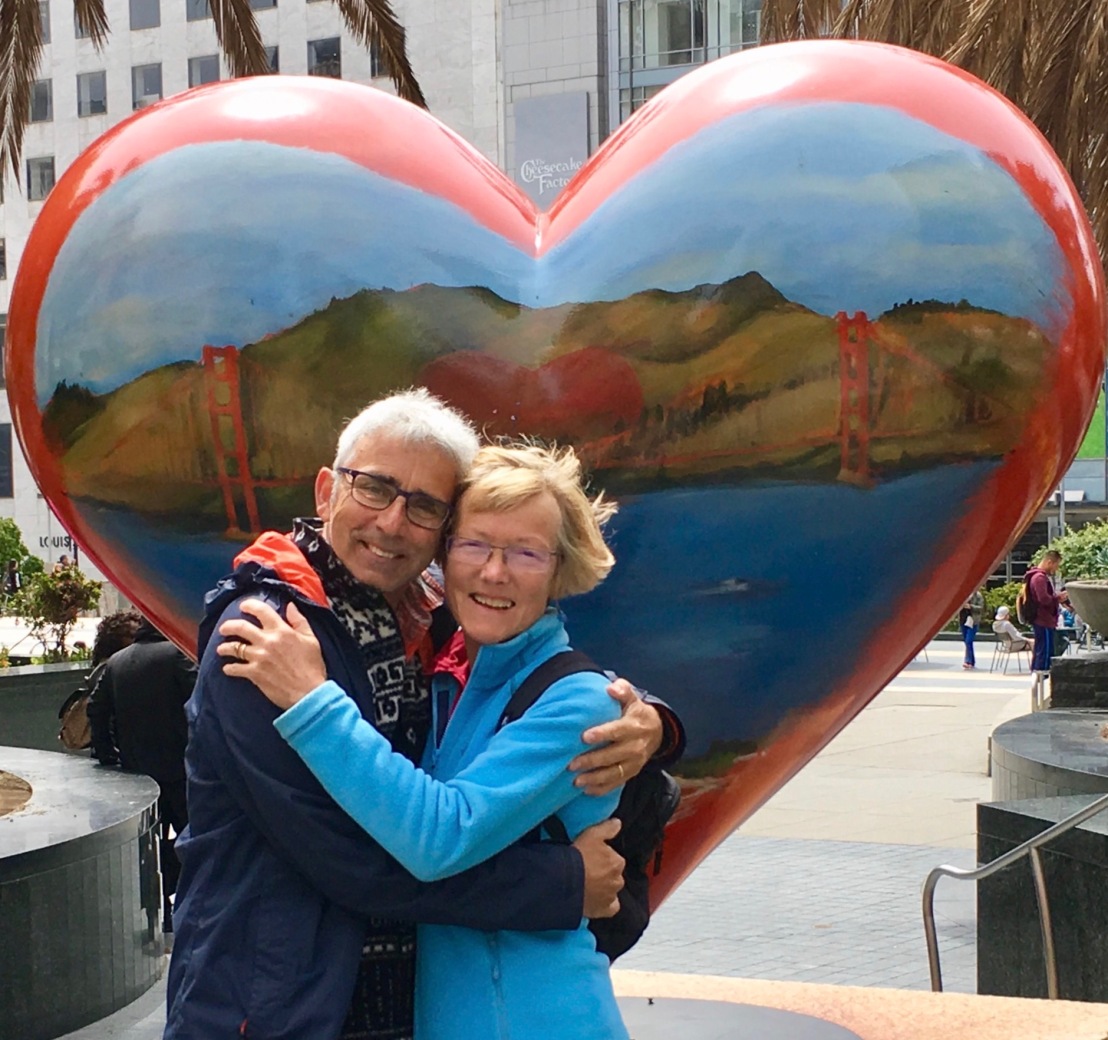 We went to Orchha, a mediaeval town with derelict palaces, havelis and sandstone cenotaphs floating amidst the jungle. Roger wrote in his diary that “Orchha is better than the Taj Mahal”.
We went to Orchha, a mediaeval town with derelict palaces, havelis and sandstone cenotaphs floating amidst the jungle. Roger wrote in his diary that “Orchha is better than the Taj Mahal”.
Tragically, Roger fell from the second floor of the Laxmi Temple onto a stone floor on Friday 13th whilst taking photos. He was rushed to hospital but they couldn’t save him.
See: http://www.bbc.co.uk/news/uk-england-oxfordshire-41621452
This was the best year of our life together and he died a happy man doing the thing he most loved, photography.
I have been so lucky and privileged to have been married to him for 23 years.


























